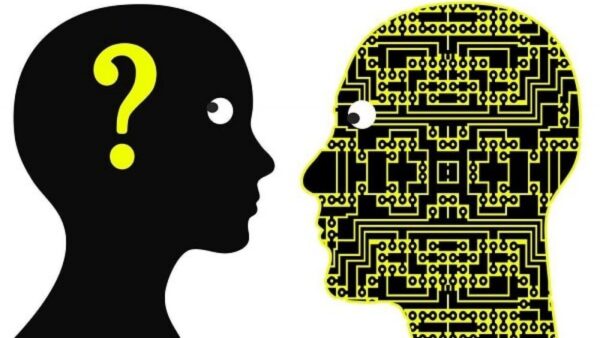
Communication has the power to inspire, influence and impress. It can be defined as the transfer of ideas, information or emotions from one person to another. Effective communication is a master stroke that can open many doors for you.
Types Of Communication
Some of the types of communication are:
- Verbal communication or what you express and communicate through words
- Non-verbal communication or gestures, signals, body language, eye contact and facial expressions
- Written communication like emails or business reports, which are highly credible
- Visual communication comprising graphs, presentations, charts, pictographs and photographs
- Formal communication that follows a hierarchical or top-down channel of communication
- Business communication that involves exchanging ideas and sharing information
What Are Barriers To Effective Communication?
There are certain elements that hamper the flow of communication between people or groups. These are called barriers to effective communication. You may encounter these barriers at any stage of communication. Here are some common barriers to communication.
- Psychological Barriers
You may have noticed that some people are too shy to participate in discussions. Insecurities, shyness, hatred, anger, jealousy and fear are some of the psychological barriers to communication. They can wreak havoc on your relationships, growth prospects and peace of mind.
- Physical Barriers
Some great painters, musicians and even artists have overcome physical barriers to achieve excellence in their fields. They did not let their disabilities or limitations stand in the way of their success. Speech disorders, defects in hearing or vision and other disabilities are some of the physical barriers that may affect people. A learning disorder like dyslexia can also hamper communication. These physical barriers can be overcome with proper training and focused practice.
- Language Barriers
Language barriers refer to technical terminologies related to a specific field, ambiguous words or excessive use of jargon.
For instance, if a friend uses legal terms during a conversation, others in the group may not understand. Impactful communication must always be clear, unambiguous and to the point.
- Attitudinal Barriers
The wrong kind of attitude reflects negativity, which can act as a barrier to effective communication. Gender discrimination is a commonly experienced attitudinal barrier.
Other common attitudinal barriers include a superiority or inferiority complex, emotional aggression and prejudices. They are major causes of miscommunication. These barriers can be removed with methods like problem-solving, active listening and feedback.
- Organizational Barriers
Every organization has some form of hierarchy . Employees may have to go through formal channels of communication to complete each task. This might create some barriers to effective communication.
Some examples of organizational barriers are the inability to communicate your problems to your manager, lack of communication with your juniors or professional rivalries. These can result in conflicts or disagreements.
- Cultural Barriers
The world is a melting pot of cultures. Every culture offers something unique . Opportunities have evolved on a global level. But due to cultural barriers, individuals or organizations aren’t able to benefit from them. Diverse practices, habits and vernaculars create a difference in opinion. Cultural barriers can be overcome with cross-cultural sensitivity.
- Lack of Transparency And Trust
A communication block occurs when team members are not able to trust each other. Lack of transparency and trust between individuals or groups is a significant barrier to effective communication.
When a person is being dishonest or omitting the truth, others will find it challenging to trust them.
Individuals and groups can overcome barriers to effective communication with practice, training and intent.
Some ways to tackle communication barriers are:
- Using appropriate words
- Being a good listener
- Reducing distractions
- Giving and receiving feedback
- Being unbiased
Overcoming communication barriers is a stepwise process that leads to improved results. Implement these changes today to become an effective communicator.
